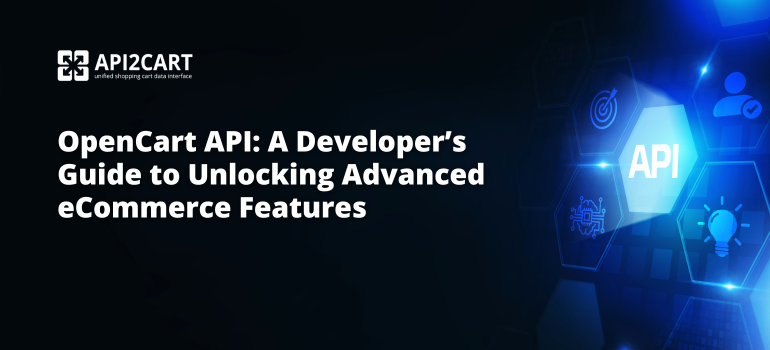
Since the era of e-Commerce has come, inventory management is a service in demand. Thousands of merchants start their online sales every day, and together with the existing e-retailers - the number of which is equal to tens of millions according to Internet Retailer - they are all potential clients of an inventory management service. To build such an empire, you need to be aware of how inventory management system works and know at least the core of the inside terminology. This article will tell you about the most common inventory management terms you need to know before starting building an inventory management solution.
Finally to the Point
There are many glossaries with hundreds of inventory management terms included that can be found online. To save the time you would spend looking for the one, we have picked out those that you will face the need to deal with.
A backorder is an order that cannot be filled on the requested date due to inadequate inventory levels.
A bill of materials (BOM) is a list of materials and components needed to produce an item. Sometimes they include other information such as scrap factors.
Carrying cost or holding cost is the cost of the inventory investment and inventory storage. They are usually used in EOQ (Economic Order Quantity) calculations.
A chargeback is a sum of money a supplier returns to a customer if a shipment does not meet the agreed upon conditions.
Cross-docking is a practice of unloading goods from an incoming truck and loading them into an outbound truck with no or little warehousing in between.
Cycle count is when the correctness of the inventory quantity data is checked on a regular basis.
Enterprise resource planning (ERP) is business management software that usually consists of separate modules such as Financials, Sales, Purchasing, Inventory Management, Manufacturing, DRP, MRP.
Just-in-time (JIT) is a process of optimizing manufacturing process to assure that goods are in the right place at the exact time they are needed.
Lead time is the total time it takes for an item to arrive at the dock and be available for use from the time it is ordered.
Lead time demand is an expected demand for an item during the lead-time period.
Material requirements planning (MRP) is a production planning and inventory control system that integrates production schedules, inventory, and BOM data to calculate purchasing and shipping schedules for the materials or components needed to build a product.
A purchase order is a document including the terms of sale that is used to approve, track, and process purchases.
A reorder point is the set inventory level that triggers replenishment of a specific item.
Safety stock is the quantity of inventory that is used to cover deviations in demand or supply.
Stock keeping unit (SKU) is an alternative name for an item referring to a specific unit of measure.
Slotting is the practice of determining the most appropriate placement for each item in the warehouse.
Inventory Management System as the Most Important Term Here
Inventory management system is a part of management information system that deals with the data required for stock control. By this data information on orders and products taken from the e-stores is meant. As online vendors have their shops located on different shopping platforms, such services integrate with many of them to be able to meet any client’s needs. When the connections are established and the access to the shopping cart databases is obtained, the data is synchronized within the inventory management system to provide the statistics on stock and inventory levels. This information allows to provide a variety of services such as send notifications when the reorder point is reached.
The Integration Part
Integration with shopping carts is a long process that costs money and resources. You will not only need a super proficient developer to hire, but also the same one to maintain the integration. If you wonder why the process is adjectivized as a “long” one, consider that every e-Commerce platform has its own API or some other way it can be integrated with.
If this sounds terrifying, you could save both time and cash by connecting with very many shopping carts at once. API2Cart offers its unified API that works for 60+ leading e-Commerce platforms including Magento, Shopify, WooCommerce, PrestaShop and others.
Do not delay scheduling a FREE consultation with our representative to ask questions if you have any. To do this, click the button below.



